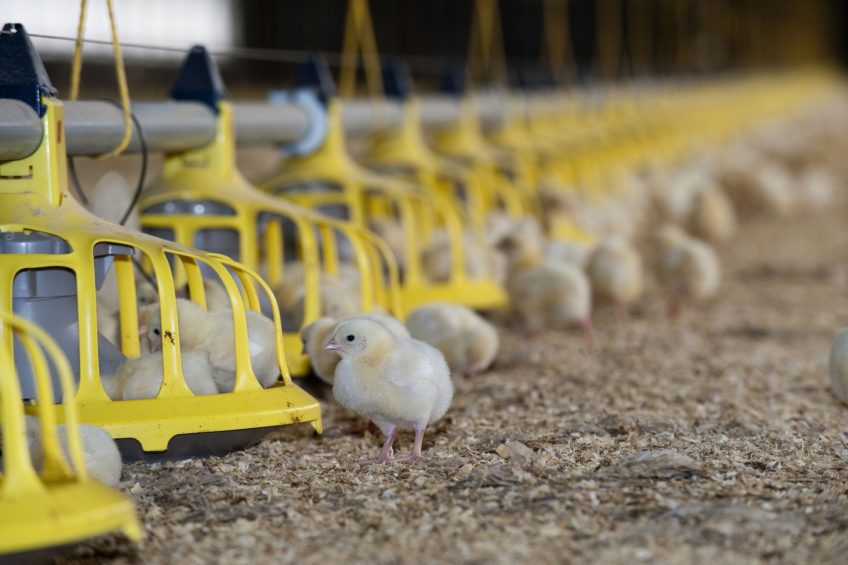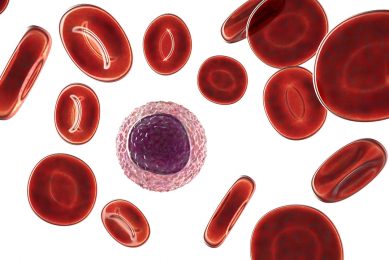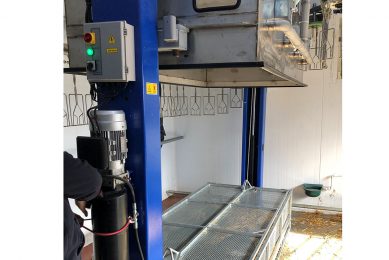Latest on govt support for heating poultry units

Renewable energy systems in the poultry sector are the key issue discussed at a recent meeting of the Wales and West Poultry Group.
Biomass boiler suppliers need to come to the table and look closely at prices and tariffs to ensure UK poultry farmers are not losing out, according to VG Energy operations director Phil Mole.
Suppliers waiting for biomass boiler market to take off
Speaking at the Wales and West Poultry Group seminar, Mr Mole said it might need the market to take off before “suppliers come to the party”. 5 years ago, he found evidence of biomass boilers being £15,000 cheaper in Europe compared to the UK, saying this was purely driven by the Renewable Heat Incentive.
Tariffs still good for biomass
But deploying renewable heat energy to supply the power for businesses has become an increasingly popular option and there were a wide-range of heat-based solutions available.
Mr Mole said tariffs were still good for biomass, which was why many people continued to see it as a viable heating option. The decision by the Government not to cut medium scale biomass rates on 1 April from 5.24p/kWh to 2.91p/kWh will mean that farmers have a little longer to take advantage of the higher rate. It has been delayed until the Government can gain parliamentary approval, according to regulator Ofgem.
This could have a substantial impact on medium sized biomass systems viability, reducing the payback term dramatically. The next official review date is 1 July, 2017, but Mr Mole warned that changes could be enacted with just one month’s notice.
“There is likely to be a reduction in RHI rates but with longer run hours, biomass boilers may still provide a viable method of heating,” he said.
Heat pump options
Of the other options, Mr Mole said air-source heat pumps were reasonably low cost but had limitations. They worked better at higher air temperatures, had a low RHI payment return and required a “strong” electric supply.
Ground-source heat pumps had a low running cost but a high capital expenditure, particularly around the large area of pipes in the ground or alternatively multiple number of boreholes needed to collect heat: “Underfloor heating is a bit like marmite – you find people either love it or hate it,” he said
Gas boiler technology
Many people, he said, were using gas boiler technology, using indirect heat in sheds and underfloor heating, and it offered a short-term quick solution but had no tariff support. With gas costs comparatively low, poultry producers should not ignore the system, particularly with likely RHI changes around the corner
Thermal imaging
Mr Mole touched on thermal imaging and how it can help producers find out how heat in poultry sheds was being distributed as well as showing areas of high heat loss.
“It can also be useful when setting up heaters or deciding on pipe layout for underfloor heating,” he added.
Fuel for biomass boilers
Commenting on fuel types available for biomass boilers, Mr Mole said regular woodchip was a good, cost-effective solution but Environmental Permitting Regulations (EPR) permits could cost as much as £5,000. Woodchips are however, the cheapest form of wood fuel, costing around 1.5-3.5pm to generate 1kWh of heat compared to 6p for oil or LPG.
Changes in government support for woodchip will mean that the present payback period of between five and seven years is likely to be extended to, eight to nine years, according to VG Energy’s own modelling.
Rape straw could be a good calorific value but may lead to the need for additional filters on the boiler and straw was not a free commodity.
Use of chicken litter was raising concerns over emissions and potential corrosion of boilers, while miscanthus ideally needed to be well-established on the farm to help with economic viability.
Asked about the use of solar thermal, Mr Mole said it could provide a very good back-up system for poultry houses, but he advocated that it should be used alongside another technology.
“A combination system can work hugely well. It hasn’t really been adopted in the UK but that doesn’t mean it’s not right. There are some very good tariffs available, which indicate that the technology hasn’t been taken up.”
Ian Johnson: On farm automation
Derbyshire broiler farmer Ian Johnson told the meeting about the challenge to increase bird performance as part of a feeder and drinker system upgrade in one of his 3 poultry houses.
Mr Johnson took over the farm near Ashbourne in 2006 and decided to knock down the units and put in 3 state of the art broiler sheds.
However, the greater emphasis on chick start developed led him to install in 1 of the sheds a new 6-row Landmeco Pan Feeding system from Denmark.
Working with DraperVent, Mr Johnston increased the number of feeders and drinkers in the shed, having used the Dorset-based company to install the farm’s ventilation system.
The kick-off system allows starter crumb to be introduced to chicks at placement via the pan system rather than the floor and the low edge of 52mm gives the day old chicks better access.
Chicks easing from outside the pan provides better hygiene and the system stimulates chicks with fresh feed throughout each day, he explained.
Having a visible feed level through a transparent cone is also useful and with high-tech camera systems, he can see what is going on in the unit from half way around the world. The environment is computer-monitored with alarm systems to alert if anything is untoward.
The easy-clean system allows the pans to be lifted and then cleaned in one single operation through a central rotation of the pipe.
It is not the first time that Mr Johnson has worked with the company. Draper indirect heating systems were fitted at a cost of £384,000, leading to 30% gas savings, drier litter and heavier birds.
He currently uses a 195KW boiler, which is fed wood pellets costing £155/tonne.
A strong advocate of letting technology run the business, Mr Johnson has a comprehensive gas-based heating system as a back-up.
“We can run everything on gas if something goes away but the biomass boiler runs at 80% all the time. We find the biomass gives us a good background temperature and the gas gives us an instant boost.
“If it’s very hot in the summer we turn off the biomass boiler for four weeks and run the units on gas. We are very happy with the biomass system as we’ve got rid of some of the horrible gases, such as carbon monoxide – we’re really happy with what we’ve put in.”













